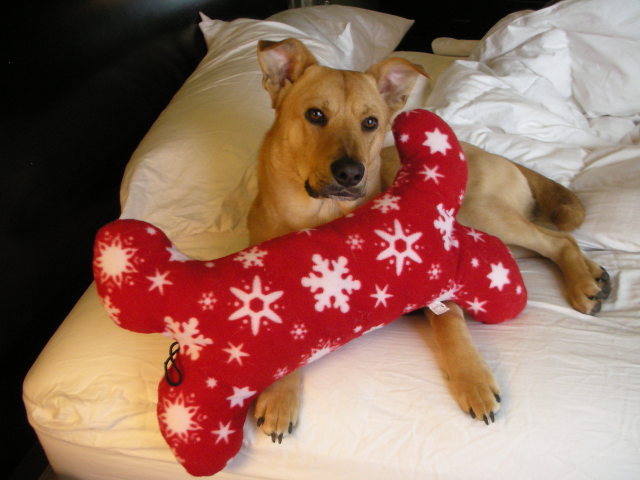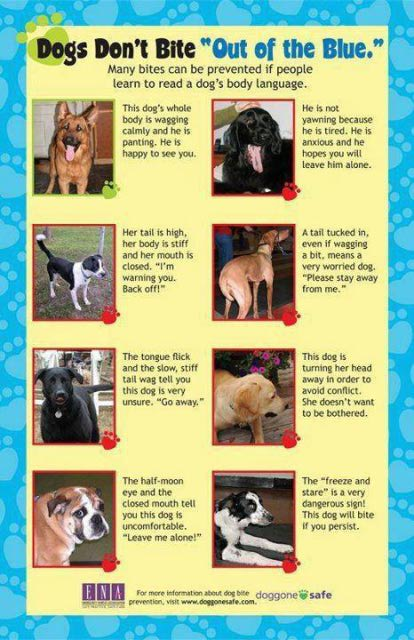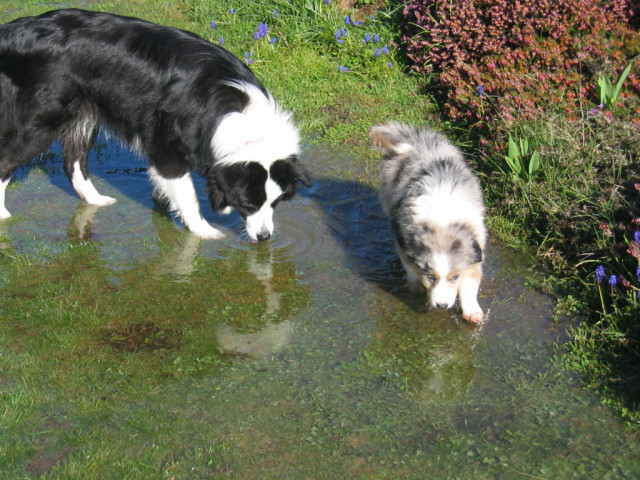QuestionI foster greyhounds and I am about to invite a high prey drive case into my home. I have had him for 1 day and realized he wanted to eat my Shelties. I didn't even bother testing him with the cat. He cried all night and I took him back to the rescue organization the next day. I'd like to work with him so that he can go to a forever home. It is hard to place a dog that cannot be around other smallish dogs. I will keep him seperate from my Shelties and cat untill I can learn how to introduce him. I Own a male greyhound "Buddy" as well. I was wondering what advice you have about modifying this behavior. The Shelties know he is a danger because the night we had him here they stayed as far away from his crate as possible. Everytime he saw them he lunged and bit in their direction. I tried to introduce them out side but he was physically unmanagable. He was like a wild horse twisting and turning trying to get at the shelties. I have introduced many greyhounds to the shelties before and never had that response. I have also introduced them to my cat so I feel I have some experience. I am unsure though how to hanndle this case. I will take him to obedience for professional, hands on guidance but will take any help I can get.
AnswerNot every dog (and I know I'm going to get tons of flack from the wanna-be behavior experts who seem to have nothing better to do than monitor my responses) are rescue material. For every dog aggressive, or human aggressive dog kept in "rescue", many (dozens) die.
High prey drive is a necessity in the racing Greyhound; this does not mean the dog is aggressive toward other dogs (who do not resemble prey, especially the Sheltie). Racing Greyhounds FAIL because they do not perform adequately; part of the lack of performance can be a lower prey drive than necessary. This dog may have come from a highly abusive background; perhaps his aggression toward your other dogs is a side effect of his prey drive (running with other dogs after the lure, this is why these dogs are muzzled.) This dog demonstrates a great many problems: inappropriate aggression (most likely learned during inadequate training), inability to be handled on leash (rendering him functionally useless on a track), apparent fear response (you don't describe his body postures but part of this must be fear and possibly acquired during inadequate training or coursing accident, etc.) and other things we know naught about: i.e., orthopedic injury, opthalmologic problems, etc. Taking him into an obedience scenario with other dogs is a HUGE ERROR. Very few trainers are equipped to deal with an out of control, highly dog aggressive dog with apparently no on-leash socialization (can't even be adequately led) and god only knows what else going on. If you take him into a group training session, you will be FLOODING him, and that will make him far worse.
Re: "retired" racing Greyhounds and cats: I had a rescue associate (when I was doing Whippet rescue) who did Greyhound rescue. She had three "retired" racers in her home (in the finished basement). Her angora cat fell from a beam in the ceiling and was ripped to shreds. To expect a "retired" racing Greyhound to cohabit with an animal (cat) that looks like prey and acts like prey is not reasonable. The racing greyhound (even those who come from the most abominable tracks) must be able to habituate to other dogs and must be able to be led on leash, or they are essentially useless.
This dog is a clear and present danger to your other dogs and certainly your cat; how he will respond to young children is a huge problem for me. Not every dog can be rescued. You may have bitten off more than you can chew, and I seriously question the ability of those in your rescue organization who make "choices" regarding which dogs to remove to determine temperament and suitability for adoptive homes. There are methods, for those who know them, to temperament test and determine whether or not a dog is suitable for placement. Those people seem to have failed miserably with this dog. Proceed at your own risk.

 Very Scared Dog
Question
Happy
My dog is 17 months old and is a mixed b
Very Scared Dog
Question
Happy
My dog is 17 months old and is a mixed b
 uncontrollable beagle
Question
max
My beagle is a year and a half. Ive had hi
uncontrollable beagle
Question
max
My beagle is a year and a half. Ive had hi
 Agressive 1 yr old mini goldendoodle
Question
our millie
My husband and I got our min
Agressive 1 yr old mini goldendoodle
Question
our millie
My husband and I got our min
 Is this aggression, dominance, or play?
QuestionQUESTION: I have a question regarding doggy beh
Is this aggression, dominance, or play?
QuestionQUESTION: I have a question regarding doggy beh
 Dog in Heat?
QuestionLily and Jorge
QUESTION: Hello,
We have
Dog in Heat?
QuestionLily and Jorge
QUESTION: Hello,
We have